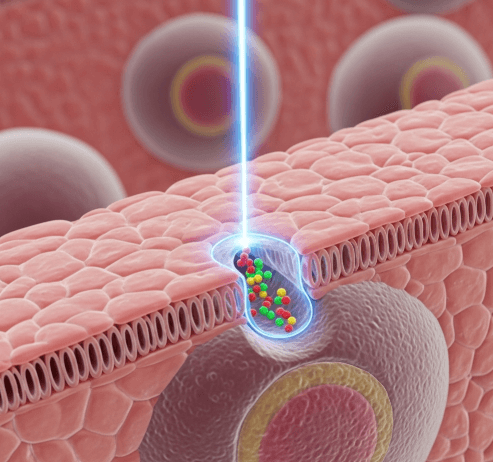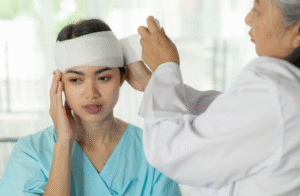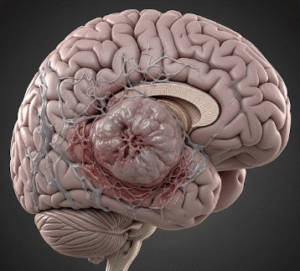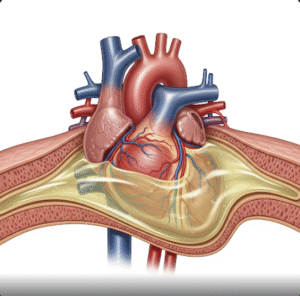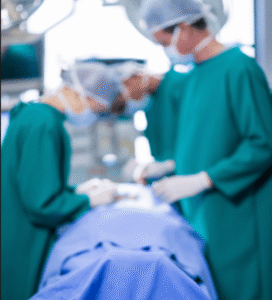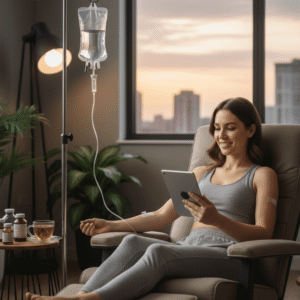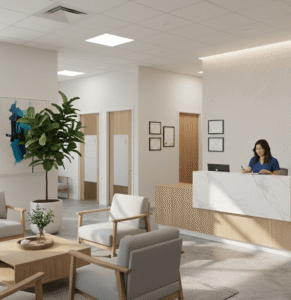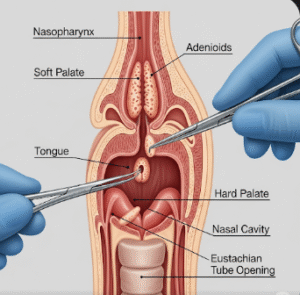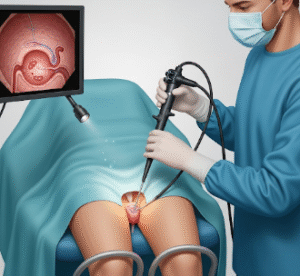What it is
➝ Laser-assisted drug delivery (LADD) is a technique that uses fractional ablative or non-ablative lasers to create microscopic channels in the skin, enhancing the penetration of topically applied drugs.
➝ The controlled disruption of the stratum corneum allows higher absorption and deeper diffusion of therapeutic agents.
➝ LADD is being applied in dermatology, aesthetics, and oncology, particularly for scars, pigmentation, actinic keratosis, alopecia, psoriasis, and cosmetic rejuvenation.
➝ In Korea, where laser technology is highly advanced, LADD is integrated into cosmetic dermatology, scar clinics, and clinical research centers as part of cutting-edge skin therapies.
Why it’s done
→ To overcome the skin barrier, which limits the effectiveness of many topical drugs.
→ To enhance outcomes in pigmentation disorders, hypertrophic scars, and keloids where standard topical therapy is insufficient.
→ To enable targeted delivery of drugs such as corticosteroids, 5-fluorouracil, retinoids, or growth factors.
→ To reduce the need for systemic therapy, lowering systemic side effects.
→ In Korea, LADD is considered a next-generation technique, especially in combination with regenerative dermatology and cosmeceuticals.
Alternatives
→ Conventional topical application: limited penetration.
→ Intralesional injections: effective but painful and invasive.
→ Microneedling-assisted delivery: less expensive but less precise compared to lasers.
→ Iontophoresis or ultrasound-assisted delivery: alternative physical enhancement methods.
Preparation
→ Careful patient selection depending on indication (scarring, pigmentation, inflammatory skin disease).
→ Skin must be cleansed and disinfected before the procedure.
→ Topical anesthesia may be applied if ablative lasers are used.
→ In Korea, clinics often perform digital skin analysis and photography to track outcomes.
How it’s Done
→ A fractional CO₂ or Er:YAG laser is applied to the treatment area, creating controlled microchannels in the epidermis and dermis.
→ Immediately after, the selected topical drug or cosmeceutical is applied over the treated skin.
→ The drug penetrates through the channels and reaches deeper tissue layers.
→ Depending on the indication, multiple sessions are scheduled at 2–6 week intervals.
→ Korean clinics frequently combine LADD with stem cell extracts, peptides, corticosteroids, or bleaching agents for cosmetic and medical benefits.
Recovery
→ Mild redness, swelling, or discomfort for 1–3 days after ablative sessions.
→ Most patients resume normal activities quickly, especially after non-ablative protocols.
→ Noticeable improvements in scar texture, pigmentation, or lesion control usually appear after a few sessions.
→ Long-term benefits include enhanced efficacy of topical therapies and better overall skin outcomes.
Complications
→ Post-inflammatory hyperpigmentation (PIH), especially in darker skin types.
→ Infection risk if post-care is not maintained.
→ Scarring is rare but possible with aggressive laser settings.
→ Transient erythema and edema are common and self-limiting.
Treatment Options in Korea
→ Korean dermatology clinics are global leaders in laser innovation, and LADD is increasingly popular in both medical and aesthetic practices.
→ Common uses include:
- Hypertrophic scars and keloids: corticosteroids or 5-FU delivery.
- Pigmentation disorders (melasma, PIH): hydroquinone, tranexamic acid.
- Alopecia: minoxidil, growth factors.
- Precancerous lesions: 5-FU for actinic keratosis.
- Cosmetic rejuvenation: peptides, antioxidants, hyaluronic acid.
→ Korean clinics often combine LADD with K-beauty cosmeceuticals, regenerative serums, and multi-laser protocols for customized treatments.
→ Hospitals and research centers in Korea are conducting clinical trials to optimize drug–laser combinations for both dermatologic disease and cosmetic outcomes.
→ With Korea’s advanced dermatology infrastructure, LADD is offered as a premium therapy, balancing scientific precision, cosmetic excellence, and patient comfort.

